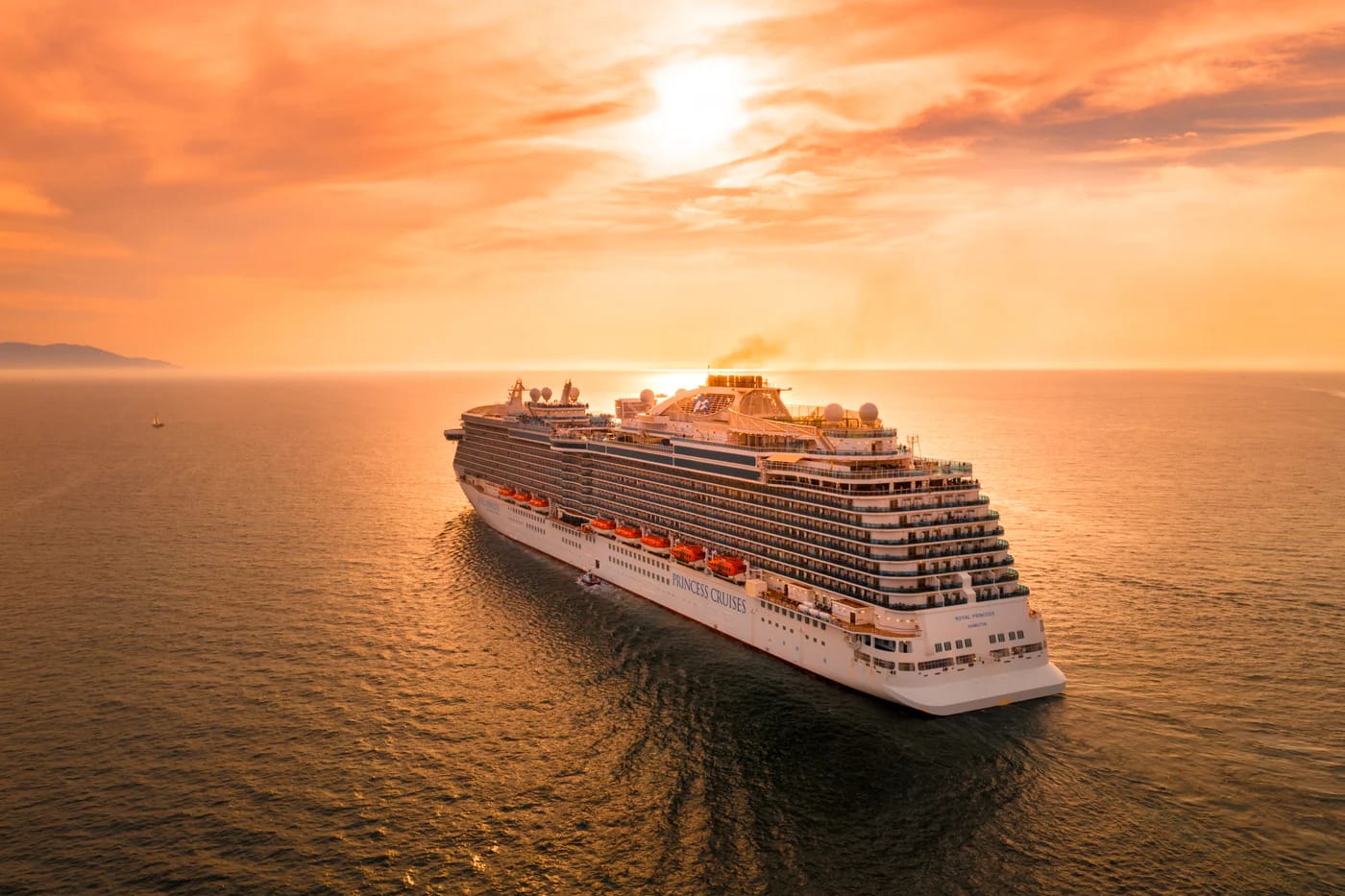Annual travel insurance may be an obvious choice for the most frequent business travellers, but for most of us, it is difficult to know if we travel enough to ‘break even’ by buying annual travel insurance. To start, let’s understand the core differences between annual and single trip insurance.
Travel Insurance: Annual vs Single Trip
Annual travel insurance is an insurance policy that, after a one-time payment, it covers an unlimited number of trips within 12 months. In comparison, single-trip travel insurance, as its name suggests, only covers a single trip, though at a cheaper cost than an annual policy. However, there are many great reasons to get an annual travel insurance plan.
Advantages of Annual Travel Insurance
Convenience
One reason to get annual travel insurance that some may appreciate is the convenience of not having to purchase an insurance plan for every trip. This may be useful for those of us who are liable to either forget to purchase travel insurance or to go on spontaneous holidays.
Length of Your Trips
One advantage of annual travel insurance that often slips people’s minds is that for shorter trips and holidays, an annual travel insurance plan often covers these trips more efficiently. For example, most single-trip travel insurance policies cover you for 180 days. That means that on a 3-week (21 days) trip, you’re left paying for 159 days of coverage that you did not use. On the other hand, an annual policy will generally cover trips up to just 90 days, which is still more than enough for most people. Therefore, if you are able to make enough trips to break even on an annual travel insurance policy, it will cover your trips more efficiently than single trip plans.
Read More: Best Travel Insurance in Singapore
Things to Consider when Choosing Travel Insurance Policies
When selecting your choice of policy, there are some needs for your travels that you should pay special attention to.
Regions covered

Often, annual travel insurance plans will give you the option to pay a cheaper premium in exchange for limited geographical coverage to allow you to balance your costs. It’s therefore important to plan your travels with this in mind, specifically that your stopover locations are covered. It’s recommended that your policies cover a reasonable number of regions around where you intend to travel as a safeguard against any unexpected changes in stopovers.
Mode of Travel

Unfortunately, not all transport is made equal, particularly cruises. Cruises often come with extraordinarily high medical and evacuation expenses. As such, compared to travelling by plane, you’ll have to ensure that your policy has an appropriately high coverage limit when taking a cruise.
Adventurous Activities and Sports Coverage
Adventurous activities such as mountain climbing and skydiving are often not covered with lower costs policies. Whilst there are policies which cover these activities, they charge a high premium that you should factor into your budget when planning to do activities that are considered more dangerous.
Read Also: Do You Know Whether Your Travel Insurance Covers Popular and Extreme Sports?
COVID-19 Coverage
Despite easing regulations around the world. Many are still worried about cancellations or other repercussions due to COVID-19, and rightfully so. Whether be it a scare from a new variant, or unexpectedly receiving a positive test result when you’re about to fly, it’s perfectly reasonable to want your insurance to cover such incidents. When selecting your travel insurance, do check if the policy covers complications due to COVID-19 by default, or if you have to purchase this coverage as an add-on.
Pre-existing Conditions

Pre-existing medical conditions can affect your insurance options. These conditions include conditions such as asthma, diabetes, eczema, epilepsy, and hypertension (high blood pressure) among others. If you have a pre-existing condition, make sure that any complications with that condition are covered. We’ll cover more about pre-existing conditions below.
How Should I Decide If Annual Travel Insurance Is for Me?
A good rule of thumb to follow about annual insurance is that if you take more than 5 short trips overseas a year, an annual travel insurance policy will certainly be worthwhile, often either business travellers or those with family members overseas will fit into this category.
However, if you’d like to take a more scientific approach to understand what travel insurance type is best for your use case, that requires a little more effort. First off, you have to take the factors discussed earlier to know what type of coverage you need. This is by far the most important step, as depending on what coverage you require, there is a vast variation in the costs of the insurance. Annual travel insurance can range from around $100 to well over $300 per year, whilst some single trip plans can have premiums as low as $24. Once you have a grasp on the costs of a single trip and annual policies that give you sufficient coverage, deciding between them becomes much easier.
Conclusion
Though an annual travel insurance plan is not for everyone, many travellers certainly travel enough to make the most out of these plans and make savings. While searching for the right plan for you, remember to keep in view not only the itinerary of your trip but your own health and safety in mind and be sure that you are sufficiently covered.
Additional Resources
The article Title of This Page originally appeared on ValueChampion.

